Symmetry
Symmetry
can be defined one shape becomes exactly same like another if you flip, slide
or turn it.
Depending upon
the symmetry animals are classified into two
types as follows
Ø
Asymmetrical
animals
When the body of
an animal is not divisible into two equal halves by any plane. Examples: Amoeba, Sponges etc.,
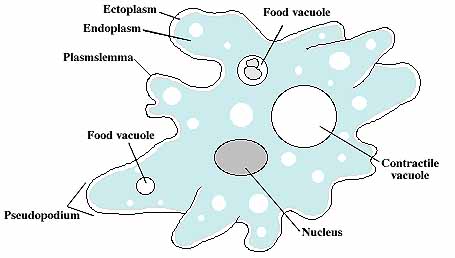 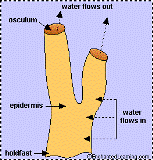
Ø
Symmetrical
animals
When the body of
an animal is divisible into two equal halves by one or more planes. Example: Jelly fish, Sea anemones etc.,
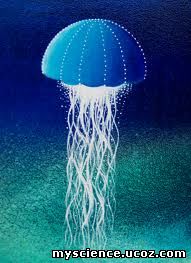 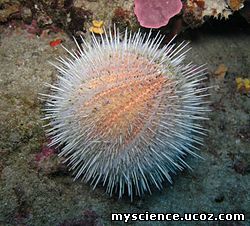
Ø
Types
of Symmetry
·
Spherical
Symmetry
The
animal which exhibits spherical shape without anterior and posterior ends, if
we cut this organism in any plane it gives two identical halves. Example:
Volvox.
·
Radial
Symmetry
The
group of animals in which the body parts are arranged throughout length, if we
cut this organism in any plane it gives two identical halves. Example:
Hydra
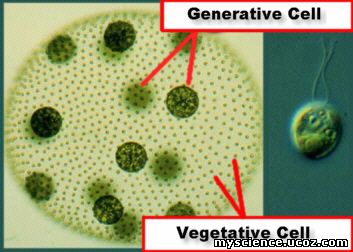 
·
Biradial
Symmetry
The
groups of animals which can be divided into two equal halves by cutting them in
a sagital plane, the body parts are located to either side of a central axis
and each of the four sides of the body is identical but different from adjacent
sides. Example: Sea urchins.
·
Bilateral
Symmetry
The
group of animals which can produce two identical halves referred as left and
right halves with roughly mirror image when they cut in oral – aboral axis.
Example: Earth worm.
 
Coelom
The cavity
present between the body wall and alimentary canal with a space is known as coelom which plays an important role in
classifying the animals. It is filled with a fluid known as coelomic fluid which acts as a hydraulic skeleton and medium for transportation of waste materials.
Ø
Formation
of Gastrula (Coelom)
It provides
space for the mitotic divisions results in blastomeres
increases into many divisions and a mass of cells arranged into a ball of cells
known as blastula and the central
cavity is blastocoel invaginates at
one end of the blastula results in
the formation of gastrula.
Zygote→Mitosis→Blastomere→Blastula→Gastrula.

Based o the
coelom, triploblastic eumetazoans
are divided into 3 kinds namely
o
Acoelomates
o
Pseudocoelomates
o
Eucoelomates
o
Acoelomates
The space between the body wall and the alimentary canal is filled with
mesenchyma without having vacant space known as Acoelom and the animals are
called as acoelomates. Examples: Tape worm, Blood fluke etc.,
o
Pseudocoelomates
The blastocoels of blastula retains
as embryonic development between the body wall and alimentary canal. Such space
known as pseudocoel and the animals are called pseudocoelomates. Examples:
Eye worm, Hook worm etc.,

o
Eucoelomates
These animal’s shows true coelom lined on both sides by mesodermal peritoneal
layer. Here blastocoels is replaced by true coelom and are 2 types as follows
§ Schizocoelomates
These
are formed by splitting of mesoderm. In these animals the body is filled with
blood hence known as Haemocoel.
Examples: Arthropoda (Cockroach) Mollusk
(Snail)
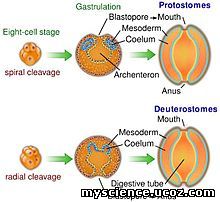 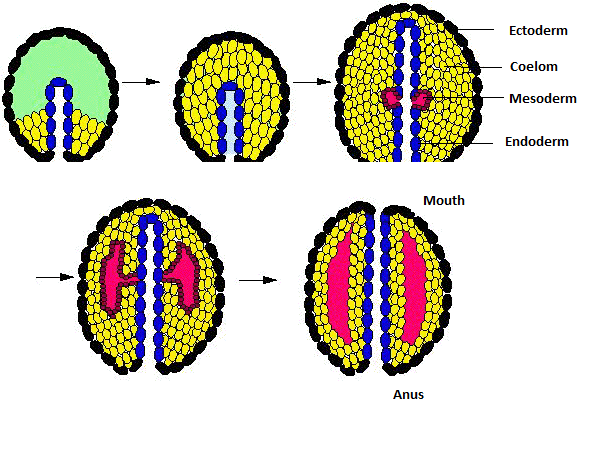
Schizocoelomates Enterocoelomates
§ Enterocoelomates
The
mesoderm evaginates in the form of pouches or bags from the sides of
archenteron. So the coelom formed from this is Enterocoelom and the animals are
known as Enterocoelomates.
Examples: Echinodermata (Starfish), Chordate
(Man)
| 




